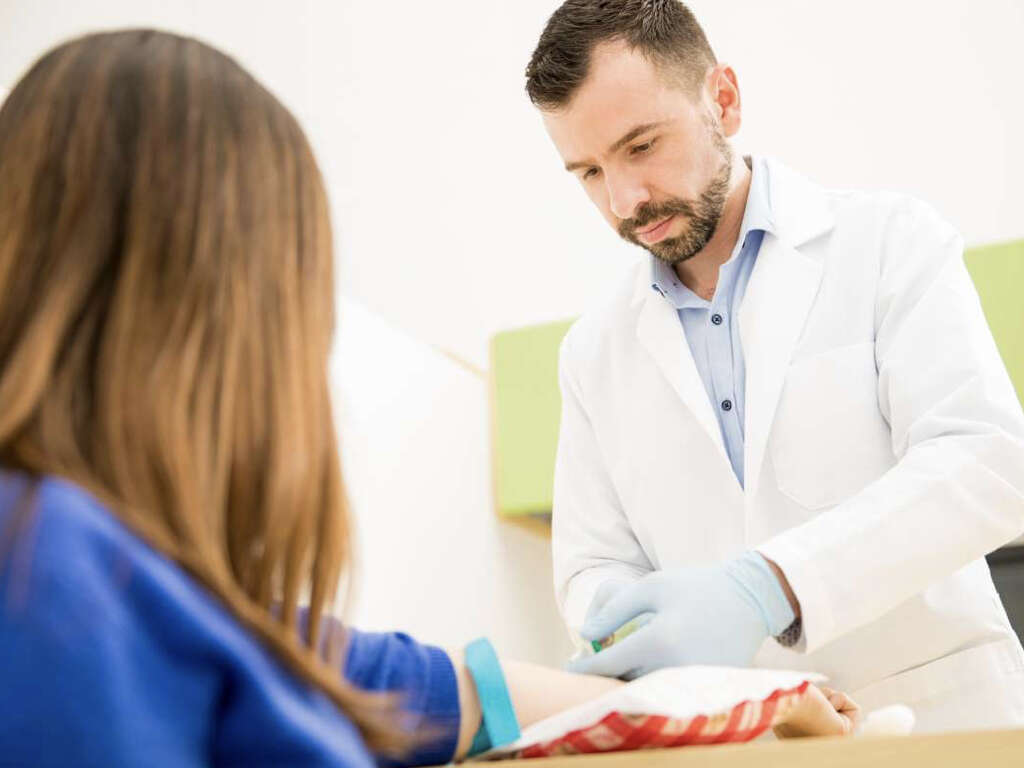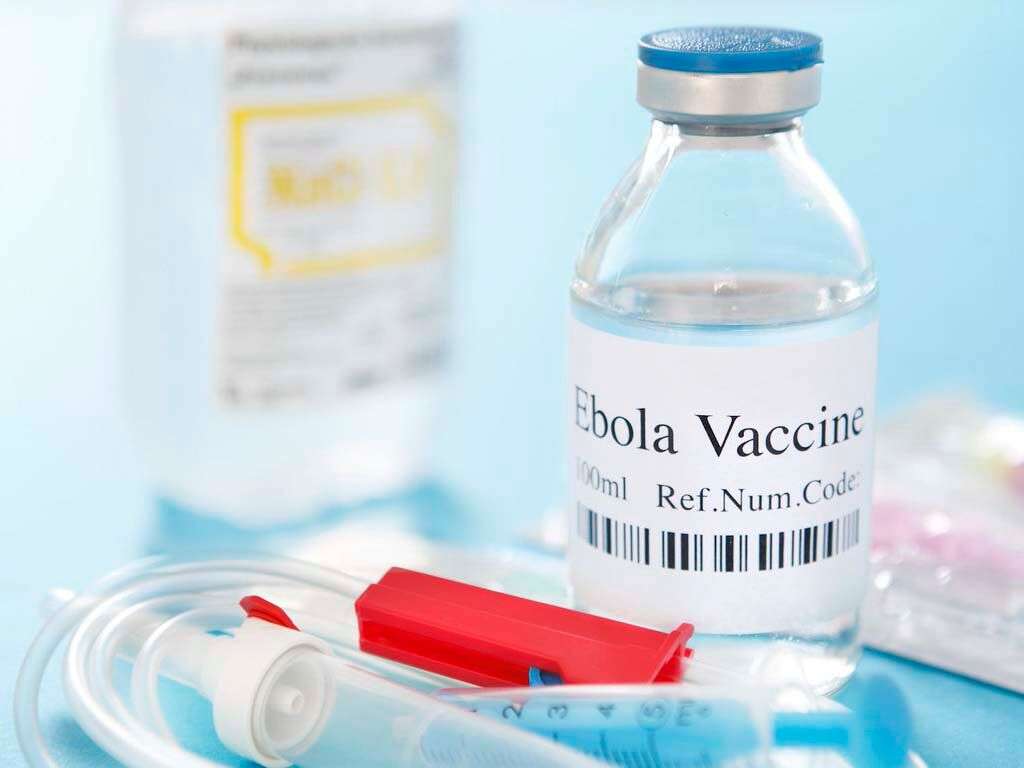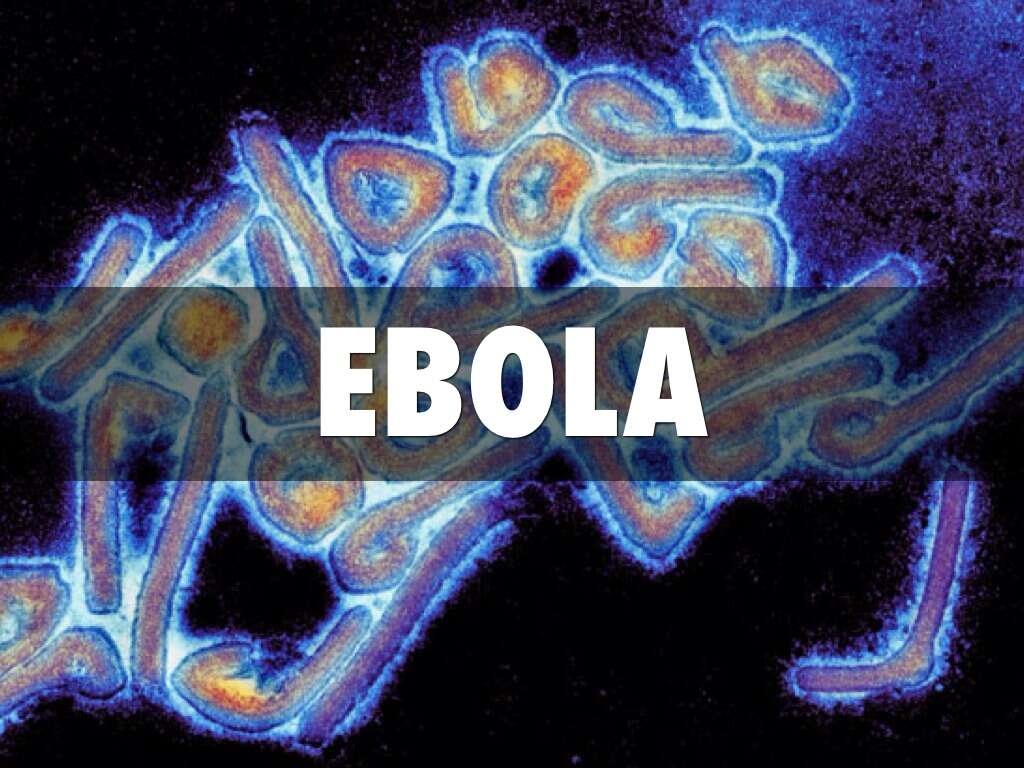What Is Ebola?
The Ebola virus causes a serious and deadly issue with blood clots. This highly contagious virus was first known to pass to humans near the Ebola River in Zaire and has caused a number of outbreaks in recent history. Learn more about the spread of this virus, the signs and symptoms, and what you should do if you suspect you or a loved one is infected by this virus. While rare in the United States, Ebola has had deadly outbreaks throughout West and Central Africa.
While rare in many parts of the world, this virus causes an often fatal disease known as Ebola hemorrhagic fever. There are currently no known vaccines or treatments available for this disease, so it’s essential to understand the signs and seek immediate medical attention to prevent the continued spread of the virus. Find out what medical professionals are doing to search for a vaccine and prevent this virus from taking more lives worldwide.
1. What Is Ebola?
This virus creates issues with the way your blood clots and often leads to internal bleeding. There have been many outbreaks in recent history, including two simultaneous outbreaks in 1976 in Sudan and the Democratic Republic of Congo. Another outbreak occurred from 2014-2016 in West Africa and became the largest Ebola outbreak in history. Finally, an outbreak occurred in 2018-2019 in the DRC. Each of these outbreaks were successfully contained, but the threat remains for another worldwide epidemic.
Ebola is transmitted through direct contact with bodily fluids. Once it is transmitted from wild animals to humans, it causes significant fatality rates. Health care professionals around the world are creating safe practices to control future outbreaks and working to create vaccine and treatment options to prevent the serious disease caused by this virus.
2. How Is It Spread?
Once an individual contracts Ebola, the virus spreads throughout the person’s blood and bodily fluid. Any direct contact with blood, vomit, feces, urine, breastmilk, semen, sweat, saliva or tears can transmit the virus from one person to another. Objects can also be contaminated with any bodily fluid and pass the virus to another individual. Proper hygiene and safe distancing practices are critical to reducing the spread of the virus. Efforts to isolate infected individuals and reduce the contamination of this disease can successfully reduce the infection rate and prevent a future outbreak.
One way the virus spread in past outbreaks is through touching deceased bodies. Bodily contact with the deceased is a crucial step in some burial ceremonies but can be a primary vehicle for the Ebola virus to spread throughout a population. Understanding isolation strategies can assist communities in preventing the spread and reducing the effects of an Ebola outbreak. Many prevention strategies in areas affected by Ebola include education surrounding hygiene and avoidance of touching deceased bodies and those known to be infected with the virus.
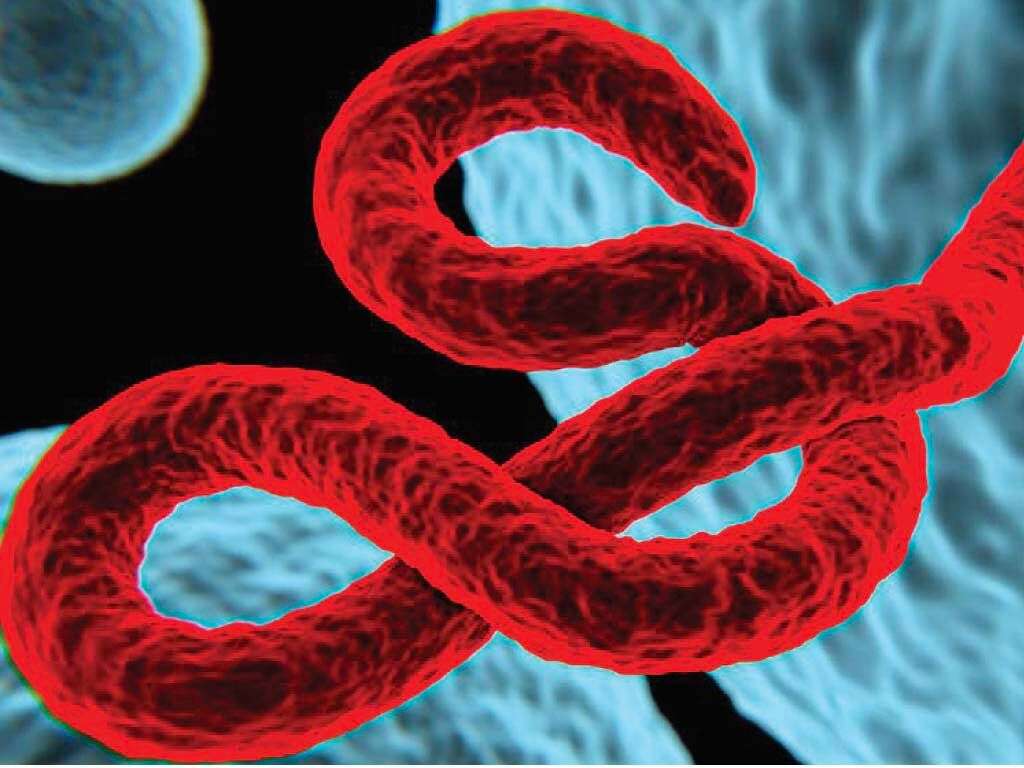
3. What Are the Symptoms?
Most people experience symptoms between two and 21 days after contact with an infected person or object. Initial symptoms are considered dry symptoms. These include aches, pains, fatigue and fever. These symptoms usually progress to more severe ones that can include diarrhea and vomiting. Over time, severe pain and bleeding can occur. Although less common, some individuals experience red eyes, hiccups and skin rashes.
Many symptoms can be confused with other diseases. The first signs of Ebola are sometimes treated as malaria, influenza or typhoid fever. Unfortunately, Ebola can progress to much more serious complications. Prompt and intensive clinical care is essential to reducing the fatality rates of this disease. Symptoms can progress very rapidly and can be fatal without rapid medical intervention.
4. Is It Fatal?
The fatality rate for the Ebola virus disease has varied between outbreaks. The rate of fatality depends on access to medical care, awareness of the virus and prevention strategies. The rate has varied between 25% and 90% in the past outbreaks. This puts the average at 50% fatality for individuals who contract the Ebola virus disease.
Survivors of the virus develop antibodies that may provide immunity against future infections. Although more research must be done, it’s believed this immunity can last for 10 or more years. Other survivors develop long-term complications related to the virus. These complications can include vision problems and joint pain. Survivors need to continue to use care around other individuals. Even after symptoms subside the virus has been shown to live on in breastmilk, semen and other bodily fluids.

5. Where Did Ebola Come From?
Like more viral infections, the Ebola virus is believed to have been transmitted to humans from a wild animal. This virus can be found in chimpanzees, monkeys, porcupines, forest antelopes or fruit bats. The current theory is that the strains of Ebola that caused recent outbreaks were transmitted from fruit bats.
This viral disease was first noticed in humans in 1976. Two separate cases occurred in Central Africa, approximately 500 miles apart. These two cases had genetic distinctions, one being Zaire ebolavirus and the other being Sudan ebolavirus. These cases were contained to Central Africa, but more recent outbreaks became global epidemics within a few months.
6. What Are Treatment Options?
Currently, the Ebola virus disease is treated based on symptoms. Treating the symptoms helps alleviate some of the risks that can lead to fatal occurrences. Some symptom-related treatments include oxygen, electrolytes, fluids, blood pressure medication and infection treatment. Lessening these symptoms reduces the risk of fatality due to dehydration, diarrhea, infections and other issues.
The FDA has no licenses currently for antiviral drugs for Ebola virus disease. The DRC, however, has successfully used two treatments, REGN-EB3 and mAb114, and increased the survival rate for those who are confirmed to have Ebola. These two treatment options are being tested to see if there are any long-term adverse effects or other issues before they are licensed as viable treatment options.
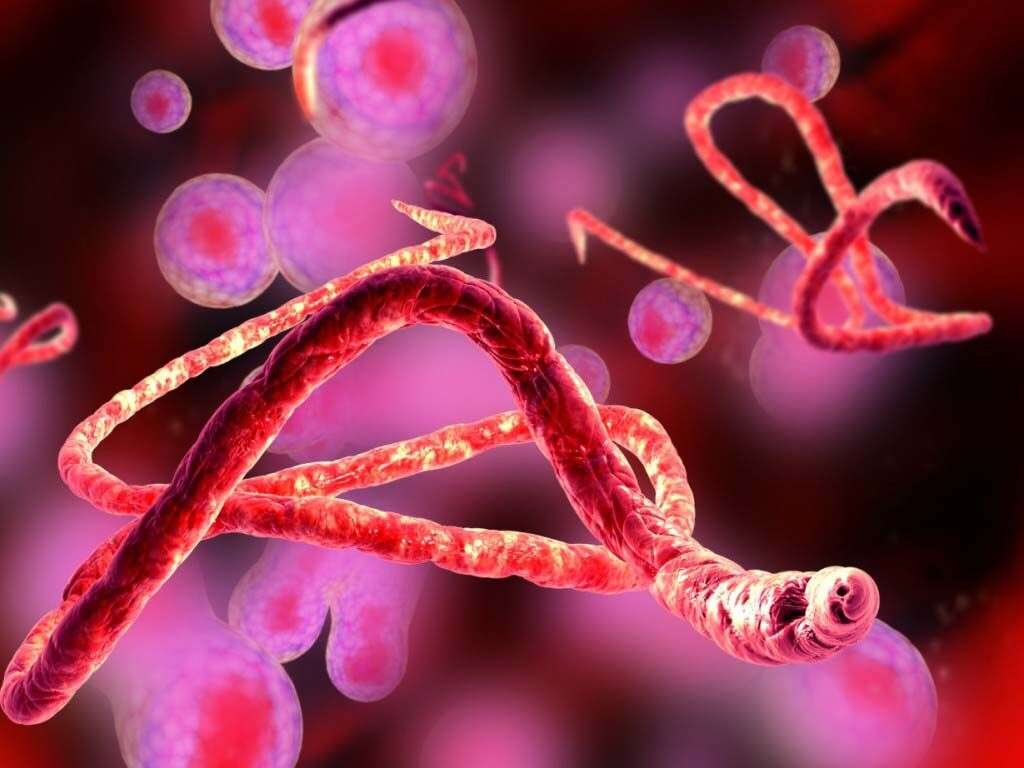
7. How Is Ebola Prevented?
The most important prevention strategy is to avoid contact with fluids of individuals who are infected. The virus enters through a person’s mucous membranes or broken skin. It often is transmitted when someone touches his or her face with contaminated hands. This can be immediately after coming in contact with infected fluids or some time later.
The current recommendations for preventing the spread of Ebola is to avoid contact with infected individuals, deceased individuals who died from Ebola virus disease, and with bats and primates. Because Ebola is very rare in the United States, these prevention strategies are particularly important if you are traveling to an area where the virus is present or meeting someone who is at risk of contracting the Ebola virus.
8. Can Hygiene Prevent Ebola?
Proper hygiene, particularly hand hygiene, can be an effective way to reduce the spread of the virus. If you are at risk of contracting Ebola virus disease or traveling in an area where the virus is present, be sure to practice these hygiene strategies to prevent contracting the disease.
The current recommendation is to use an alcohol-based hand sanitizer with 60-95% ethanol or isopropanol. Hand sanitizer should be used frequently when there is no visible dirt, blood or any other body fluids. Soap and water are recommended when your hands are visibly soiled. Both antimicrobial and plain soap are shown to be effective in proper handwashing technique.
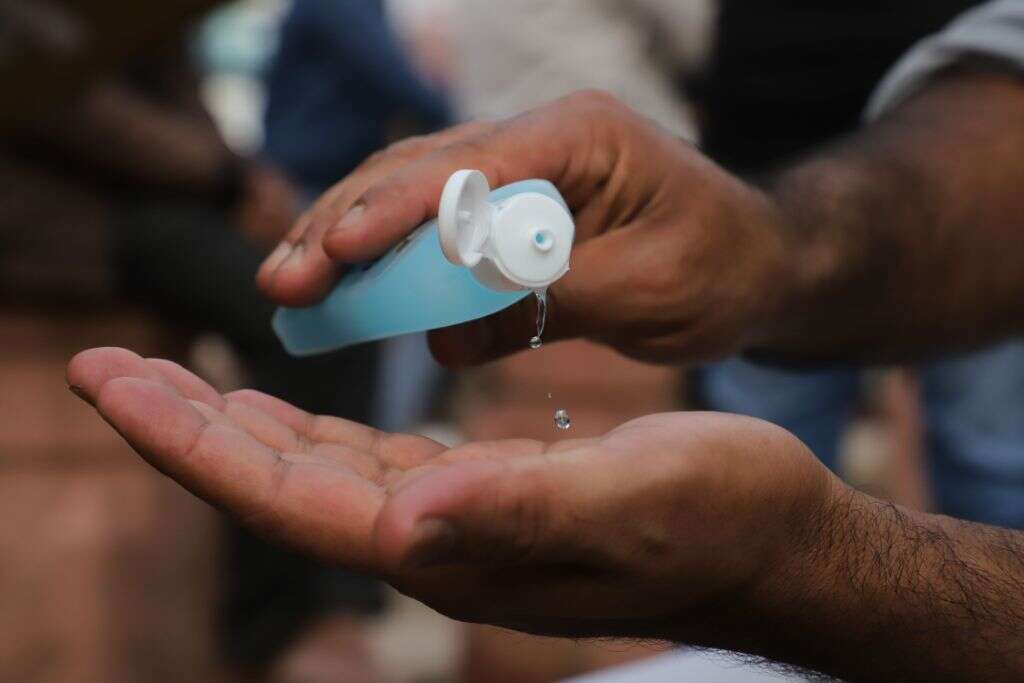
9. How Is It Diagnosed?
Because many of the symptoms of Ebola virus disease are similar to malaria, influenza and typhoid fever, health care professionals look not only for signs of the virus but also for recent possible exposure. The current diagnostic method is called polymerase chain reaction, or PCR. This laboratory test is reasonably reliable, particularly later on as the virus continues to spread through the patient’s body.
Once an individual is diagnosed, it’s recommended that he or she is quarantined and put under intense medical supervision. Cases can spread rapidly and symptoms can become extreme in just a few days. Intensive care is essential for protecting not only the individual but also the local community from the spread of the virus. Health care professionals typically treat all related symptoms in affected areas as serious until a test can be taken. Every potential case needs to be isolated until a test can determine whether an individual is at risk of spreading the virus.
10. Are There Other Names for the Ebola Virus?
There are many different strains of Ebola viruses. Most strains are common in primates and other wild animals. The wild animal strains of the genus ebolavirus include Ebola, Sudan, Tai Forest, Bundibugyo, Reston and Bombali viruses. Only the first four have caused diseases in humans.
The exact point of transmission from animals to humans remains unknown; however, it has been shown the blood, body fluids and tissues of animals will cause spreading. Researchers are continuing to look for signs of carrier animals and searching for safe, effective vaccines and other treatment options for this fatal and dangerous virus. Care should be taken when traveling to an area where there is a known outbreak of this virus. Now that you understand common signs, symptoms, prevention strategies and the history of Ebola, be sure to contact a medical professional immediately if you experience any of these symptoms after or during travel to an area where Ebola is present.







